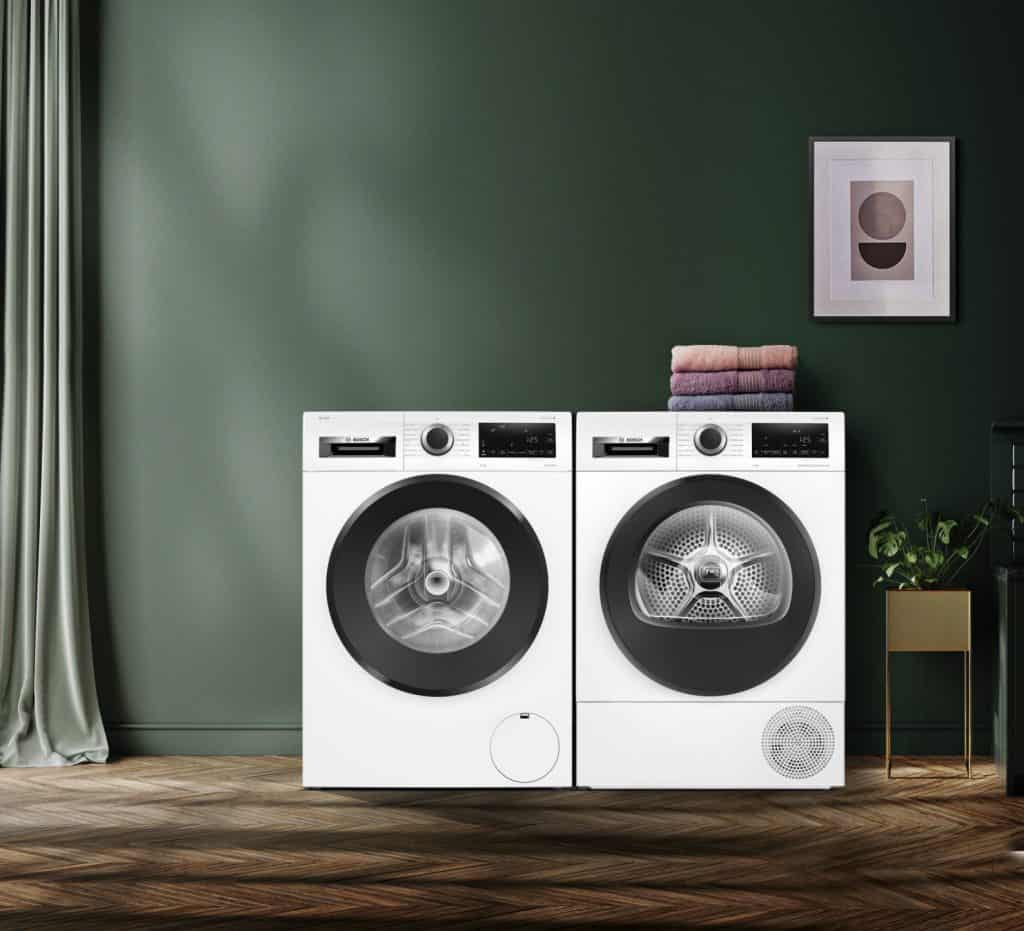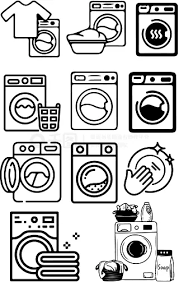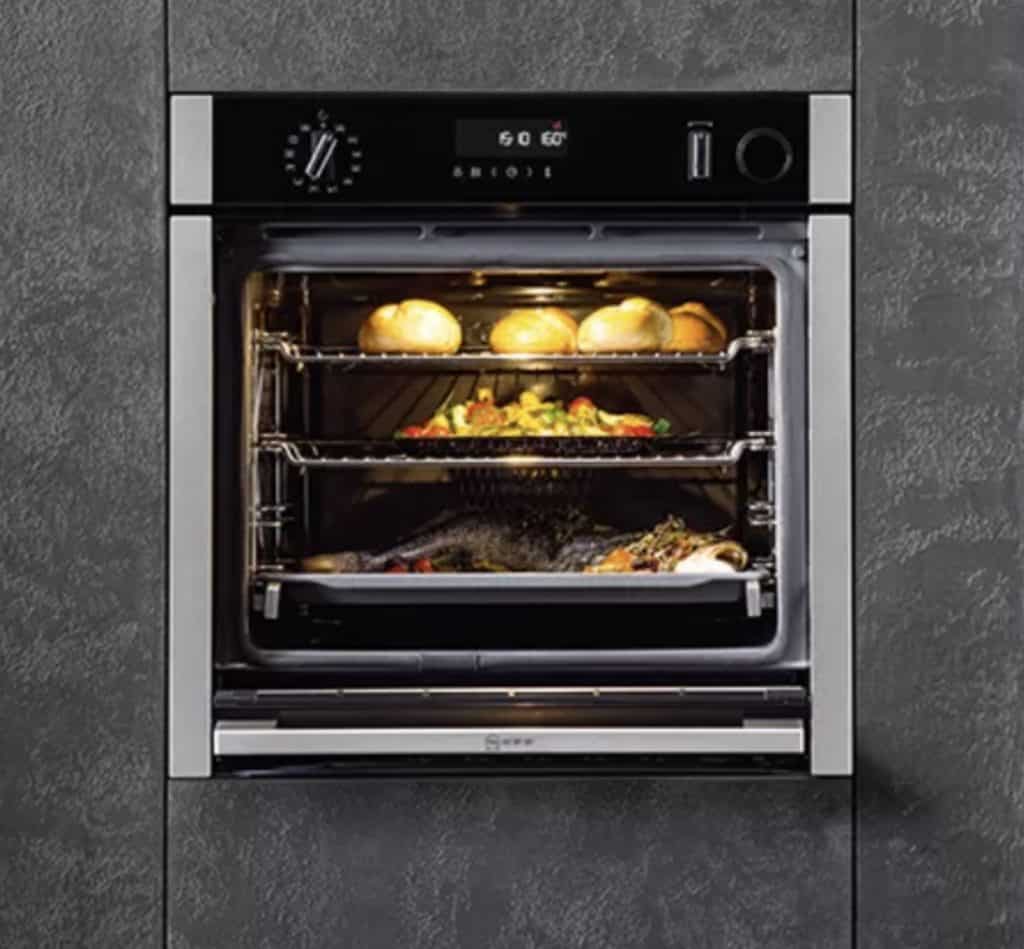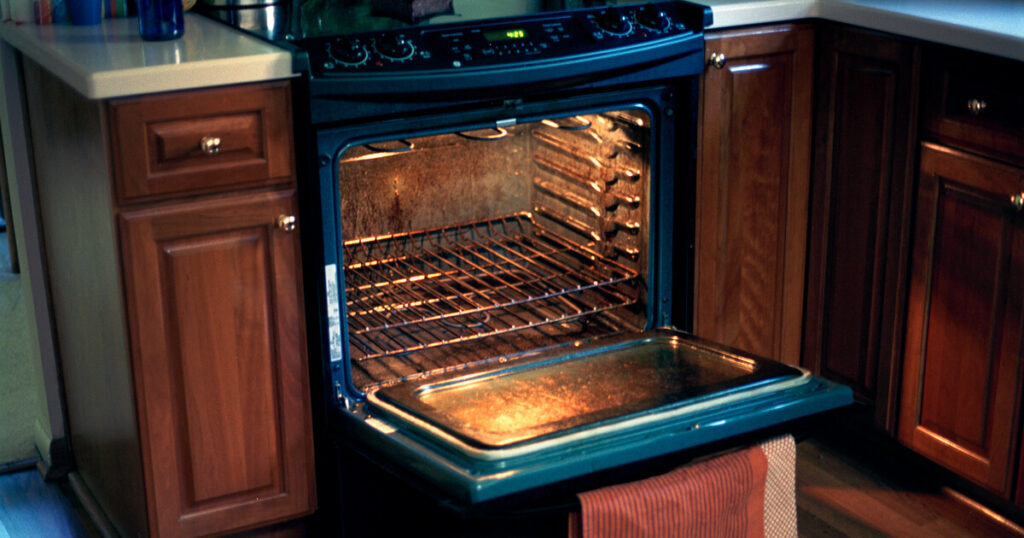Recent Comments
Categories
Author: Francine Oliver
Freezer Storage: Unlocking the Nutritional Potential of Frozen Produce
Introduction to Freezer Nutrition Freezing fruits and vegetables is a highly effective method for preserving their nutrient density, offering a convenient and cost-effective alternative to fresh produce. This preservation technique ensures that essential vitamins, minerals, and antioxidants remain intact, making frozen produce a nutritious option year-round. The freezer plays a crucial role in maintaining these …
Freezer Storage: Unlocking the Nutritional Potential of Frozen ProduceRead More
Vacuum Cleaners Explored – 10 Genius Cleaning Hacks You Didn’t Know Your Vacuum Cleaner Could Do!
Vacuum cleaners have come a long way from the days of bulky machines that left you dragging cords and dealing with limited cleaning power. As an expert in home appliances and a passionate advocate for making cleaning as easy as possible, I’ve seen firsthand how modern vacuum cleaners, especially those from top brands like Bosch, …
How to Choose the Right Tumble Dryer: A Complete Guide
A tumble dryer is an essential appliance for many households, especially in colder or wetter climates (like the lovely weather we have recently been experiencing in Ruislip) where outdoor drying isn’t always feasible. However, with various models, features, and energy ratings on the market, choosing the right one can be a bit overwhelming. Of course, …
How to Choose the Right Tumble Dryer: A Complete GuideRead More
Mastering the Art of Fridge Cleaning and Organisation
Transform Your Fridge: A Guide to Cleaning and Organising Your fridge is more than just an appliance—it’s the heart of your kitchen. Keeping it clean and organised isn’t just about aesthetics; it’s essential for food safety, reducing waste, and streamlining meal prep. Follow this step-by-step guide to turn your fridge into a well-maintained, functional space. …
Mastering the Art of Fridge Cleaning and OrganisationRead More
Here are some top tips to make your BBQ a success:
A well-executed BBQ can be the highlight of any gathering, bringing friends and family together over delicious, smoky flavours. Whether you’re a seasoned grill master or hosting your first BBQ, planning and preparation are key to success. Follow these expert tips to create a memorable BBQ experience that’s sure to impress. 1.Prep Ahead for a …
Oven Symbols: A Comprehensive Guide
Fan Oven Symbols What it means:This symbol indicates that both the fan and heating element are in operation. The fan circulates hot air evenly throughout the oven, ensuring consistent cooking on multiple shelves. When to use it: Conventional Heating (Top and Bottom Heat) What it means:Heat is generated from both the top and bottom of …
How to Maintain Your Washing Machine for Longevity and Efficiency
Your washing machine is one of the hardest-working appliances in your home. From tackling tough stains to keeping your clothes fresh, it’s a modern necessity. However, regular maintenance is essential to keep it running efficiently and extend its lifespan. Without proper care, you risk breakdowns, costly repairs, or even the need for a replacement. In …
How to Maintain Your Washing Machine for Longevity and EfficiencyRead More
Understanding Laundry Symbols
Laundry symbols are those small icons on care labels that guide you on how to wash, dry, and iron your garments. While they might seem confusing at first, learning to interpret these symbols is essential for keeping your clothes in great condition and avoiding costly mistakes. This guide will simplify the most common laundry symbols, …
How to Keep Your Oven Functioning Well
Your oven is one of the most essential appliances in your kitchen and keeping it in good working order is key to ensuring it lasts for years and performs at its best. Regular maintenance can help prevent costly repairs, improve energy efficiency, and make your cooking experiences more enjoyable. Here’s a guide on how to …
How to Clean a Self-Cleaning Oven: A Balanced Approach
Do you have a self-cleaning oven but hesitate to use it? You’re not alone—many people worry about the feature’s extreme heat and potential risks. But it’s important to know how to clean a self-cleaning oven. The key is balance. While the self-cleaning cycle helps break down baked-on residue, regular manual cleaning is still essential to …
How to Clean a Self-Cleaning Oven: A Balanced ApproachRead More









